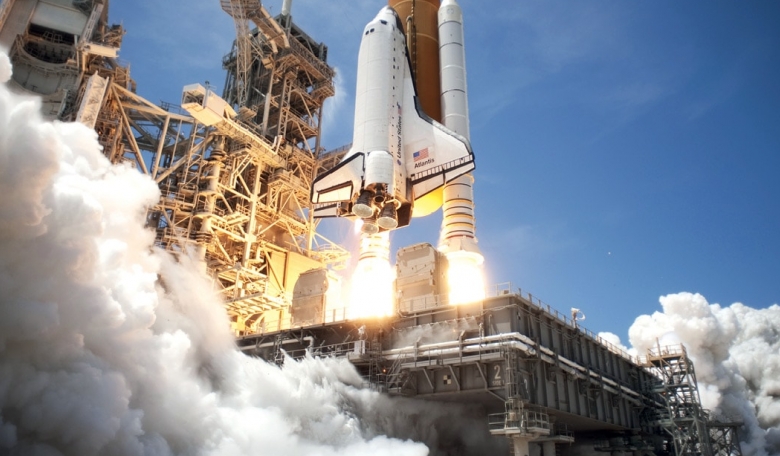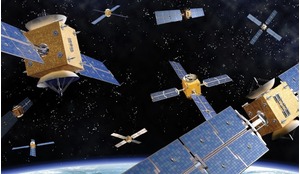The very high cost of sending people and payloads into space has hardly changed in real terms over the 55 years of human spaceflight - largely due to the use of launchers that are based on ballistic missile technology and that can therefore be used only once. But back in the 1960s many aircraft companies had feasible, if challenging, designs for fully orbital spaceplanes which were never realised. What would then have been very difficult is now more easily achievable and, if consensus can be reached on how best to go about building an airliner that can fly into space, it might usher in a new affordable space age within as little as 15 years.
All orbital space launchers in service today can fly only once and this expendability is the root cause of the high cost and economic risk of spaceflight. It is unimaginable that we would scrap a car after only a few hours on the road – the average per day cost of owning and driving it would shoot up to around a thousand times more than it actually is. Much the same applies to aviation. If aeroplanes could fly only once before being taken out of service, the cost of a flight across the Atlantic would be roughly one thousand times more than it is. And likewise, reusable launchers could reduce the cost of spaceflight by about one thousand times, given high enough traffic levels for economies of scale.
Just as steam locomotives transformed land transport, so spaceplanes will transform spaceflight and thereby make a huge contribution to life on our planet. Imagine a new space age in which a fleet of 50-seat aeroplanes that can fly to space and offer routine and affordable transport to and from orbit. These spaceplanes look similar to the Anglo-French supersonic Concorde, taking off from and landing on conventional runways.
In this scenario the cost per seat to orbit is about one thousand times less than it is today (a few tens of thousands of dollars compared with a few tens of millions) so that middle-income people prepared to save can even afford to visit space hotels in orbit round Earth. Cargo versions would launch satellites and space platforms at greatly reduced costs.
Find out more about the future of spaceplanes in the full version of this article, available now to our subscribers.














